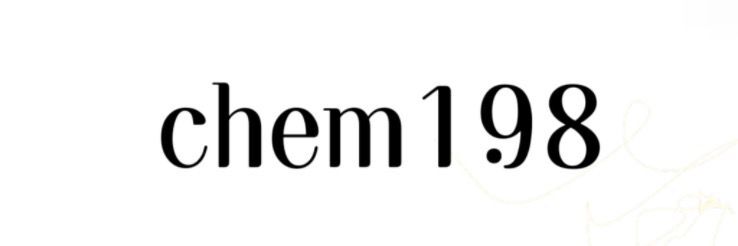PUR vs. Traditional Lamination: Which is Right for You?
Choosing the right lamination method for your printing projects can significantly impact the durability and appearance of your materials. One common dilemma is whether to use PUR or traditional lamination. Here’s a breakdown to help you decide.
If you want to learn more, please visit our website PUR for Flat Lamination.
1. What is PUR Lamination?
PUR, or Polyurethane Reactive, lamination is a type of adhesive that creates a strong bond and offers a flexible, durable finish. Unlike traditional lamination, which often uses heat and pressure, PUR utilizes a chemical reaction to cure the adhesive, resulting in a more robust and less brittle finish.
2. What is Traditional Lamination?
Traditional lamination typically involves covering printed materials with plastic film using heat and pressure. This method is often less expensive and faster than PUR but may not provide the same level of durability or flexibility.
3. What are the Key Differences Between PUR and Traditional Lamination?
When comparing PUR to traditional lamination, consider the following aspects:
Jiwei are exported all over the world and different industries with quality first. Our belief is to provide our customers with more and better high value-added products. Let's create a better future together.
- Durability: PUR provides superior durability and resistance to wear and tear. It is less likely to delaminate and can withstand bending and flexing without cracking.
- Appearance: While both methods offer a high-quality finish, PUR often results in a smoother and more professional appearance, particularly for printed images.
- Water Resistance: PUR-laminated materials generally have better water resistance, making them suitable for products exposed to moisture.
- Cost: Traditional lamination is usually more budget-friendly upfront, but PUR may offer long-term savings due to its durability.
- Environmental Impact: PUR tends to be more environmentally friendly, as it generally uses fewer toxic chemicals compared to traditional lamination processes.
4. When Should You Choose PUR Lamination?
PUR is ideal for projects where durability and a premium finish are paramount. Consider using PUR when:
- You need materials that will endure heavy use, such as menus, catalogs, or educational materials.
- You are producing items that will be exposed to moisture or humidity, ensuring they remain intact over time.
- You want a high-quality finish with superior color reproduction, perfect for marketing and promotional materials that need to leave a lasting impression.
5. When is Traditional Lamination a Better Option?
Traditional lamination can be a suitable choice for projects that require cost-effectiveness and quicker production times. Opt for traditional lamination if:
- Your project is short-term or not intended for heavy use, such as flyers or temporary signs.
- You are working with a tight budget and cannot accommodate the higher cost of PUR.
- Speed is a priority, and you need your materials quickly without demanding high-end durability.
6. Conclusion: Which is Right for You?
Ultimately, the decision between PUR for flat lamination and traditional lamination will depend on your specific needs and the demands of your project. If you prioritize durability, a premium appearance, and long-lasting results, PUR is likely the better option. However, if you need a more economical solution for less demanding applications, traditional lamination could meet your requirements effectively.
You will get efficient and thoughtful service from Jiwei.

